The content of the article
On the shelves of modern stores you can find many pigments through which eggs are painted. Also, manufacturers supply a variety of stickers, sequins and other means to achieve the desired. However, some people prefer to carry out manipulations, as they say, in the old fashioned way, using onion husks and auxiliary components. All of them enhance color, make the final result impressive. You can also modify the shades by mixing additional ingredients. Today we will study such a popular and relatively cheap method of painting.
Preparatory Activities
- Before the main manipulations, you need to get the amount of husk that will be needed in the future. As for the variety, the raw materials can be completely different. Usually a product from red or yellow onion is used.
- To obtain uniform pigmentation with the final result, send the collected husk to cool water and soak it for several days. Two days will be enough. Before soaking, the raw materials are washed under a tap.
- There is no need to prepare the eggs much. All you need is to get them out of the cold an hour before the manipulation (to avoid cracking from changes in temperature), then rinse with a sponge and soda solution. This action is mandatory to help eliminate pathogens.
Staining methods
To date, the main methods for implementing the plan that we inherited from grandmothers are known. All actions are described in steps, so there should not be any difficulties with staining. You just need to choose your favorite option and act.
Striped
- In order to get beautiful longitudinal stripes of white color against a reddish general background, it is necessary to carry out almost the same actions as in the first method. However, take elastic bands or ropes of a decent diameter.
- So, make an infusion on the husk, rinsing and soaking it for a couple of days. Wash the eggs, then wrap them in random or symmetrical order with ropes / elastic bands, immerse them in the solution and send them for 7 minutes cooking.
- When the set time has come to an end, carefully remove the components and place on napkins. For quick cooling, you can dip the eggs in cool water, then dry and remove the gum. Everything is pretty easy.
Marbled
- The outlines of marble are always fascinating, and I want to consider the pattern again and again. If you decide to make a similar effect, then repeat the steps step by step. Make an infusion, allowing the husk to lie in water for several days.
- Next, before sending the product for cooking, pour dry husk on the tray. Dip the egg in water, do not dry, immediately roll on the husk. Particles stick, wrap each instance in a piece of capron or tie up with threads.
- Immerse in the infusion and place the refractory dishes with contents on the boil for 7 minutes. This is the average duration of the procedure, it can be increased or decreased. Then remove the product, rinse and clean up the leftovers. Brush with oil to add shine.
- As mentioned earlier, the raw material, which is the fundamental component, is soaked for several days. As a result, you get an infusion that is suitable for painting. Send prepared eggs to it so that the liquid covers them by 0.5 cm or more.
- Place heat-resistant cookware with contents on cooking, simmer after starting drilling for 7 minutes. You can increase or decrease the duration of the procedure to change the shade. Then carefully remove the product, place on napkins.To cool the eggs in the shortest possible time, immerse them in cold liquid.
- According to this technology, it is possible to change the pigmentation of eggs through the use of husks from onions of any kind, whether red or yellow. Most importantly, remember that the infusion into which the component is lowered must be done well in advance.
Lace
- There are many variations of the product pigmentation, for example, you can repeat the lace pattern. You will need the appropriate fabric. Wrap eggs around it. You can use openwork braid, ribbon, piece of fabric or mesh.
- To fix the winding, use a thread or an elastic band. You can even sew the ends of the fabric. The dressing does not always hold well, so immerse the specimens in the infusion on the husk carefully, using a tablespoon.
- Unlike the methods described above, this option involves a longer heat treatment. When the composition begins to boil, boil the components for at least ten minutes. After, remove, let dry and remove excess.
In a dot
- Another old-fashioned method that involves the use of rice groats. For this purpose, the husk is rinsed, sent to the pan and filled with water. It is aged for at least 2 days, then the pattern will turn out uniform.
- Next, moisten the product, then roll in the cereal so that it sticks. When the surface is full, wrap a capron. If there are holes, try to attach rice grains to these places too.
- With special care, immerse the specimens in raw materials soaked in water, turn on the stove, set the pan and wait for the drilling to begin. Next, spot at least 8 minutes. It is advisable to increase the duration to ten minutes. When the eggs have cooled, grease them with oil.
By analogy with all previous variations, it is possible to carry out coloring by wrapping products in various patterned fabric, bandages, etc. We have provided you with the most easy to implement and successful methods. Everyone will be able to pick up something for themselves. Experiment, look for ways to diversify the pigment. For example, you can drip green or iodine.
Video: how to paint eggs for easter in onion peel

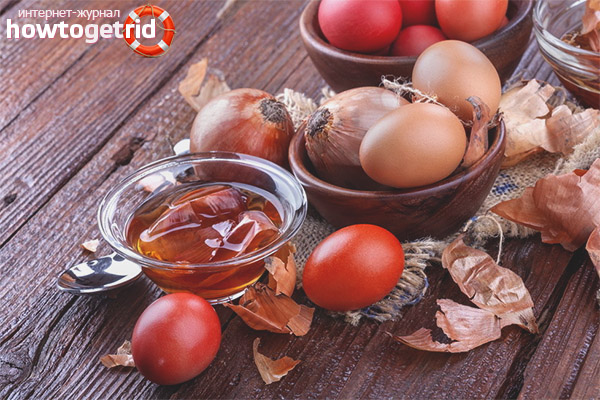
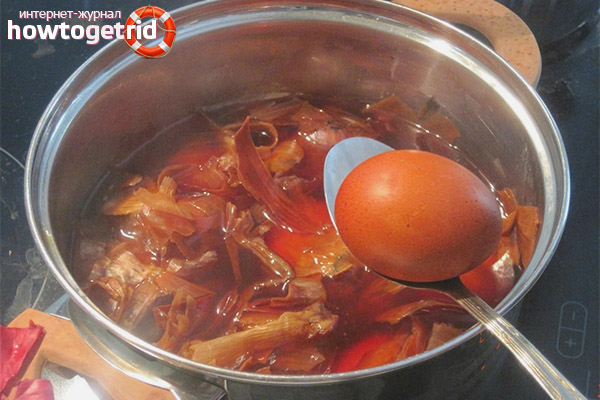

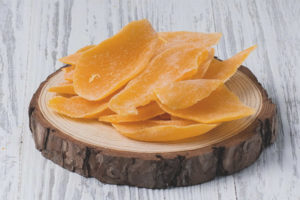
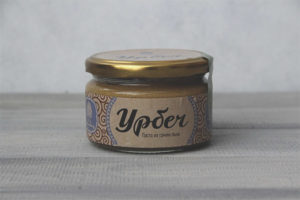
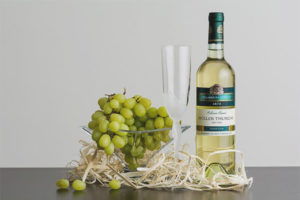
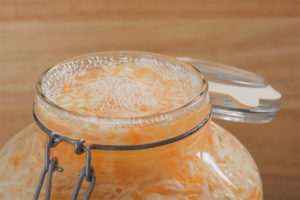
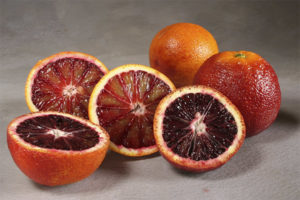

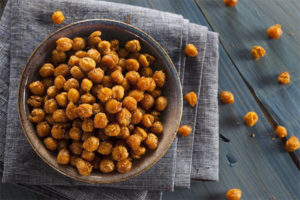
Submit